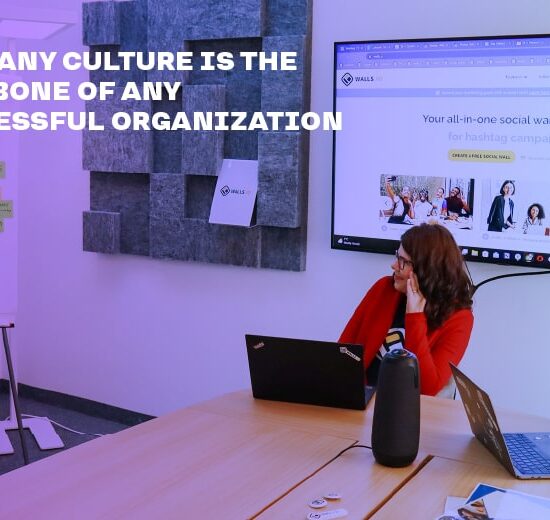The Construction Revolution
As our population grows and our needs expand, so do our construction needs, but the construction industry has struggled to keep up with the demand. It is becoming increasingly harder to find skilled labour to fill the gaps and complete projects on time with a high degree of quality. But, there’s another major factor, technology. Technology is one of the main factors pushing change in nearly every industry, but in some ways; the construction industry has managed to partially avoid this.
Construction lags behind almost every other major industry in the adoption of technology and the creation of new workflows.
But, with the growing years, the need for new and innovative technology in the construction industry has also seen a paradigm shift, creating an interesting era for the construction industry. The recent advancements have resulted in technology that is specifically suited to construction; with more drone usage and 3D printing than ever before.
Many firms who have adopted the new technology are already seeing huge gains in productivity and efficiency. The momentum created by technology is driving new developments in workflows and project delivery, changing the way we think about construction. For example, the ability to collaborate with manufacturers and fabricators using high accuracy data in 3D models has created opportunities in modular and pre-construction that was unthinkable 20 years ago. This alone creates flexibility in scheduling, savings in material waste and reduces safety concerns.
 Another form of technology that people are seeing more of is Building Information Modeling, also known as BIM. BIM is very effective when it comes to designing a building collaboratively using a single system of 3D digital models rather than using a separate set of drawings, it’s not restricted to 3D visualization and integration of 4D; but is also capable of integrating 5D (costing), 6D (operations and maintenance), 7D (sustainability), and 8D (safety). To put it simply BIM is the technology that helps integrate all aspects of designing, execution and post-construction maintenance.
Another form of technology that people are seeing more of is Building Information Modeling, also known as BIM. BIM is very effective when it comes to designing a building collaboratively using a single system of 3D digital models rather than using a separate set of drawings, it’s not restricted to 3D visualization and integration of 4D; but is also capable of integrating 5D (costing), 6D (operations and maintenance), 7D (sustainability), and 8D (safety). To put it simply BIM is the technology that helps integrate all aspects of designing, execution and post-construction maintenance.
Besides this the other form of technology being adopted is IoT. IoT is completely transforming the way we use to develop big building structures with the Internet, connected devices, M2M communication, and real-time access to the information. The information from all connected machines is gathered on mobile devices helping the construction managers take necessary actions in real-time; this real-time information helps in improving the downtime and achieving better project margins. All this plays a role in developing construction projects in less time and cost.
The construction industry isn’t stopping here but is expanding their horizon by adopting newer forms of technology
to help them conquer the challenges they’re constantly facing.
A couple of recent adoptions from the tech industry are Drones and VR. Drones are being used to collect real-time data about projects and understand what’s happening on site, helping detect problems early before they become expensive or add weeks to the already strenuous schedule. The other form of technology being used is VR; VR is massively helping the construction industry in streamlining the project, it gives the teams the ability to see a project without being there physically, this makes it easier for everyone involved to collaborate in real-time within a shared environment to point out details and issues, and immediately make decisions about changes.
Technology has come a long way from where it was decades ago transforming the way we see the world and definitely transforming the way we live. It’s because of technology that we’re in the middle of the fourth and on the cusp of the fifth industrial revolution. Every industry has benefited from technology, but the one revolutionising itself is the construction industry, an industry, which is an essential part of any successful city, and with the use of modern technologies the world of construction is safer, more efficient, and more effective, making technology an important aspect of construction.






